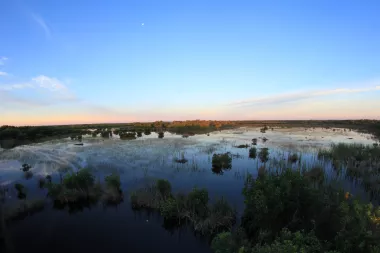¡ARTE VIVA! Celebrates the Legendary Frida Kahlo
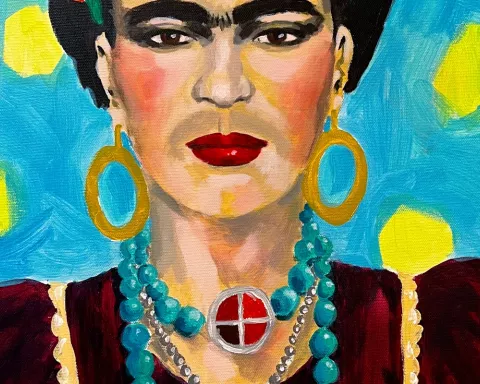
Known today as one of Mexico’s most renowned artists, Frida Kahlo almost wasn’t.
She originally intended to study medicine, but a near-fatal bus accident when she was 18 left her with a broken pelvis and damage to multiple internal organs. Confined to bed for nearly two years, she took up painting. The rest, as they say, is history.
During her recovery, she used a specially built easel that allowed her to paint while lying down. A mirror mounted above the easel provided her with her first subject: herself.

“I paint myself because I am often alone and I am the subject I know best,” Kahlo said.
Over the nearly 30 years that followed, Kahlo became famous for her self-portraits, which explored her unique artistic style and her experience of living with chronic pain.
Aside from her 55 self-portraits, Kahlo’s other paintings drew on native Mexican culture, using bright colors and subjects drawn from nature. The works were often rendered in a rustic style. Her works have been described as “magical realism,” connecting Kahlo with the movement driven by other Latin American artists such as Colombian author Gabriel García Márquez.
Kahlo married muralist Diego Rivera in 1929 when she was in her early 20s and he was in his 40s. In the 1930s and 1940s, Kahlo and Rivera lived in Mexico City in a specially designed complex of buildings that included studios for each of them.
Kahlo’s studio was known as La Casa Azul (The Blue House), based on the color she had it painted. Kahlo had her first solo exhibition at New York’s Metropolitan Museum of Art in November 1938, which was attended by Georgia O’Keefe and other prominent American artists. Kahlo sold half the works she exhibited, establishing her career as a painter.
La Casa Azul, with its extensive garden of native Mexican plants, became the center of Kahlo’s life and work after she and Rivera divorced in 1939. At La Casa Azul, Kahlo produced some of her most famous works, including many self-portraits, still-lifes, and some works that touched on surrealism. Several of the self-portraits included monkeys, which Kahlo used to symbolize protection.
Kahlo died July 13, 1954, after an extended illness and a bout with pneumonia. Her ashes are held in a pre-Columbian urn at La Casa Azul, which remains one of Mexico City’s most popular museums.
Explore More of Paradise Coast
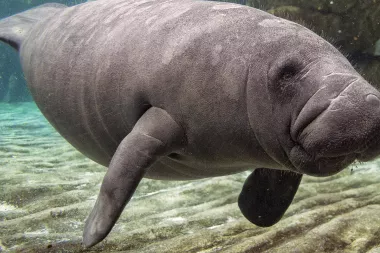
Take a Magical Manatee Tour on Florida’s Paradise Coast
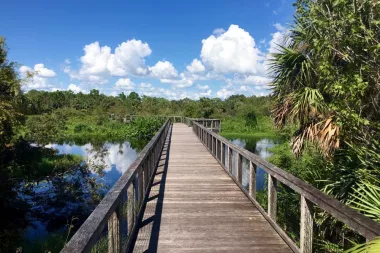
Hidden Gems of Florida’s Paradise Coast

Fifth Avenue South: Prime Dining, Shopping and Entertainment in Naples
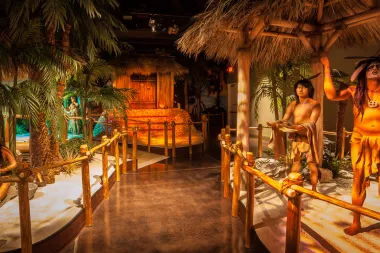
Three Days of Local History

Sustainable Travel Helps You Preserve Naples
